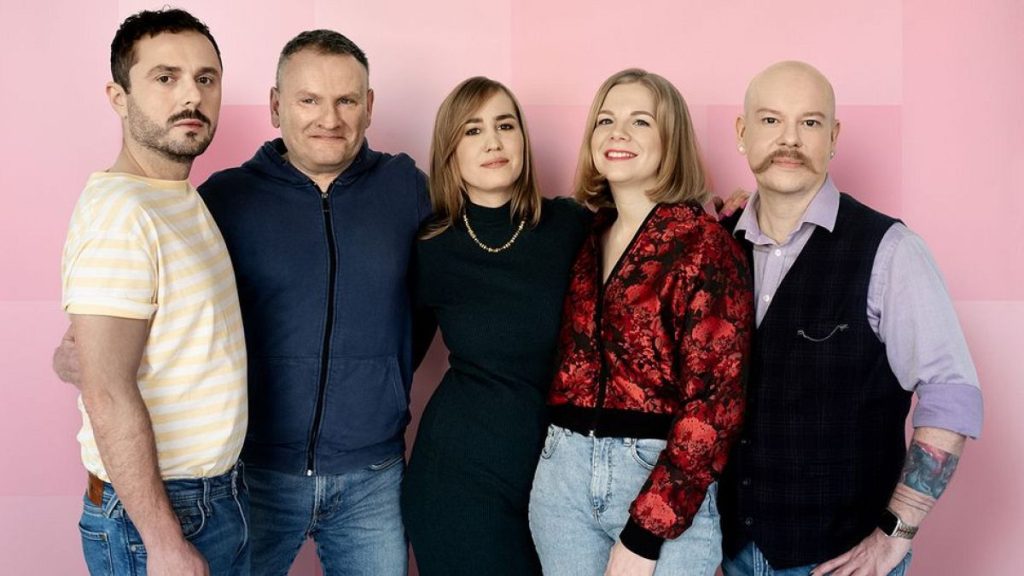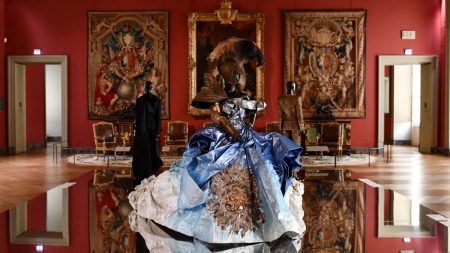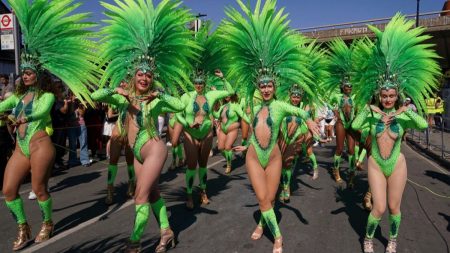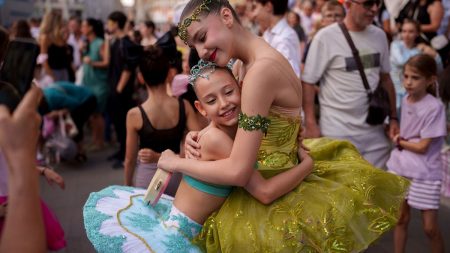Paragraph 1: A Landmark Achievement for Poland’s LGBTQ+ Community
The opening of the Queer Museum in Warsaw marks a pivotal moment for Poland’s LGBTQ+ community. Situated on Marszałkowska Street, in the heart of the capital, the museum stands as a symbol of progress and resilience in a country with a complex history regarding LGBTQ+ rights. Established by Lambda Warsaw Association, Poland’s oldest LGBTQ+ organization, the museum is the first of its kind in a post-Communist European nation, signaling a potential shift towards greater acceptance and inclusion. This bold move sends a clear message to Polish politicians, highlighting the ongoing struggle for equal rights despite the country’s current legal landscape, considered one of the most restrictive in the EU.
Paragraph 2: Preserving and Sharing LGBTQ+ History in Poland
The Queer Museum houses a collection of approximately 150 artifacts, carefully curated from Lambda Warsaw’s extensive archive of over 100,000 items. These artifacts, including letters, photographs, and activist materials dating back to the 16th century, offer a poignant glimpse into the rich and often hidden history of Poland’s LGBTQ+ community. The museum’s opening fulfills a long-held ambition for Lambda Warsaw, allowing them to share their invaluable collection and make their work visible to a wider audience, moving beyond their primary role as an aid organization. The artifacts provide a tangible connection to the past, offering visitors a deeper understanding of the struggles and triumphs of LGBTQ+ individuals throughout Polish history.
Paragraph 3: Showcasing the Struggles and Resilience of the Polish LGBTQ+ Community
The museum’s collection includes powerful symbols of both repression and resistance. A 1932 edition of the Journal of Laws, open to the page where the criminalization of same-sex relationships was abolished, stands as a testament to past progress. Juxtaposed with this are activist leaflets and images of clandestine meeting spaces, highlighting the challenges faced by the community during periods of legal and social hostility. The presence of notable figures from Poland’s LGBTQ+ history, such as writers Andrzej Selerowicz and Ryszard Kisiel, who experienced profiling in the 1980s, underscores the importance of the museum as a space for recognition and remembrance.
Paragraph 4: Navigating a Complex Legal and Social Landscape
While Poland decriminalized same-sex sexual activity in 1932, the subsequent German occupation and the later Communist era brought new challenges. Despite removing criminal charges for homosexual activities by 1969, the AIDS crisis in the 1980s led to increased surveillance and stigmatization of gay people. More recently, the conservative policies of the Law and Justice (PiS) party, which held power from 2015 to 2023, fostered an environment of discrimination and hostility towards the LGBTQ+ community. The 2023 election of the center-right Civic Platform party, led by Donald Tusk, offers a glimmer of hope for a more inclusive future, although significant legal and social barriers remain.
Paragraph 5: A Call for Visibility and Equality in Poland
The Queer Museum stands as a beacon of hope and a powerful statement against discrimination. Its opening signifies a renewed commitment to visibility and equality for Poland’s LGBTQ+ community. Director Krzysztof Kliszczyński’s statement, “We can no longer be afraid,” encapsulates the spirit of the museum, which seeks to empower the LGBTQ+ community and promote understanding and acceptance within broader Polish society. The museum serves as a vital platform for dialogue and education, fostering a sense of community and shared history.
Paragraph 6: Looking Towards a More Inclusive Future
The Queer Museum’s existence is a testament to the resilience and determination of Poland’s LGBTQ+ community. While the country still lacks legal recognition of same-sex partnerships and adequate protection against hate crimes, the museum represents a significant step towards a more inclusive and equitable future. It serves as a reminder of the progress made, the challenges overcome, and the ongoing fight for equal rights. By sharing the stories and experiences of LGBTQ+ individuals in Poland, the museum contributes to a broader conversation about human rights, acceptance, and the importance of celebrating diversity.














